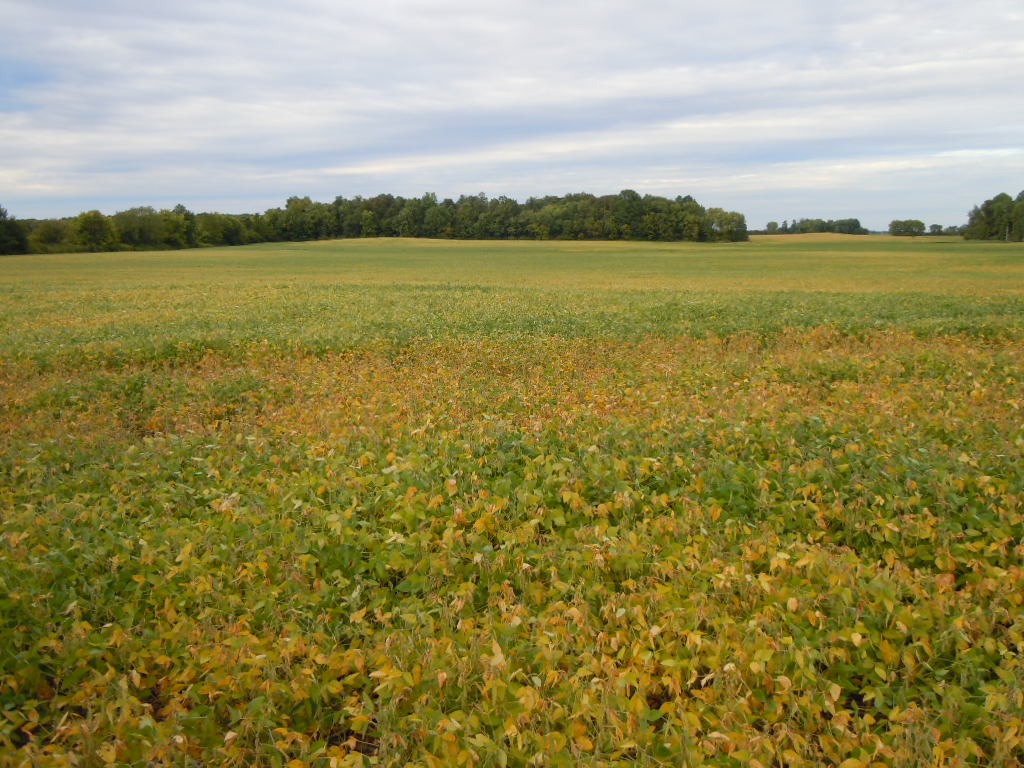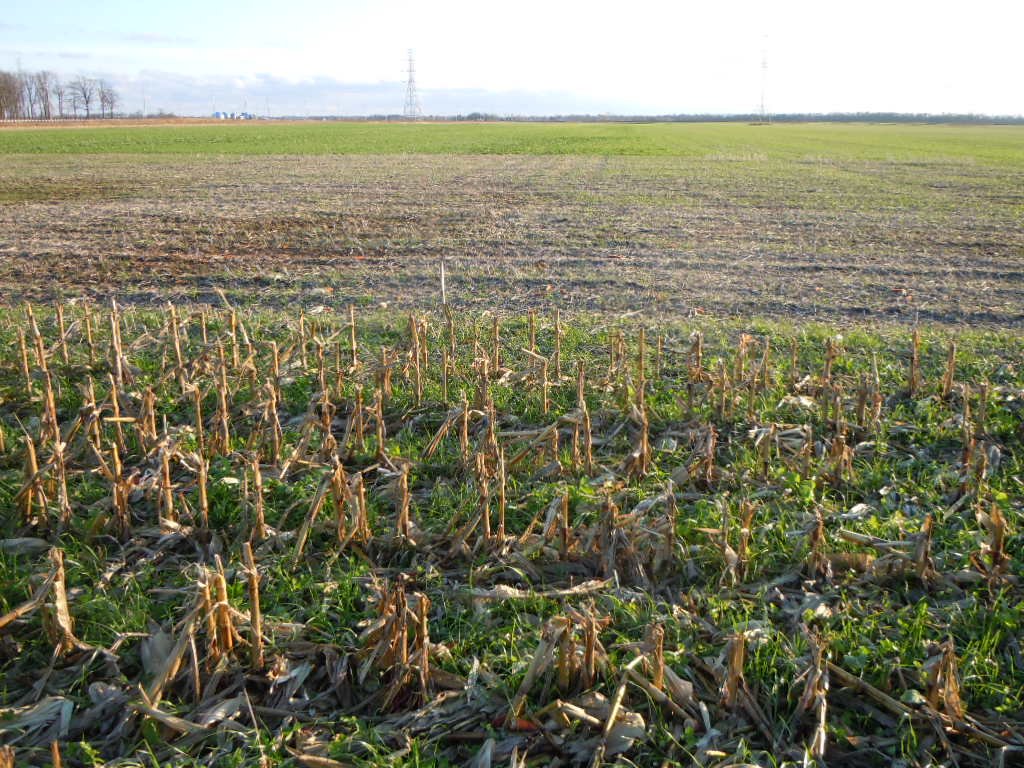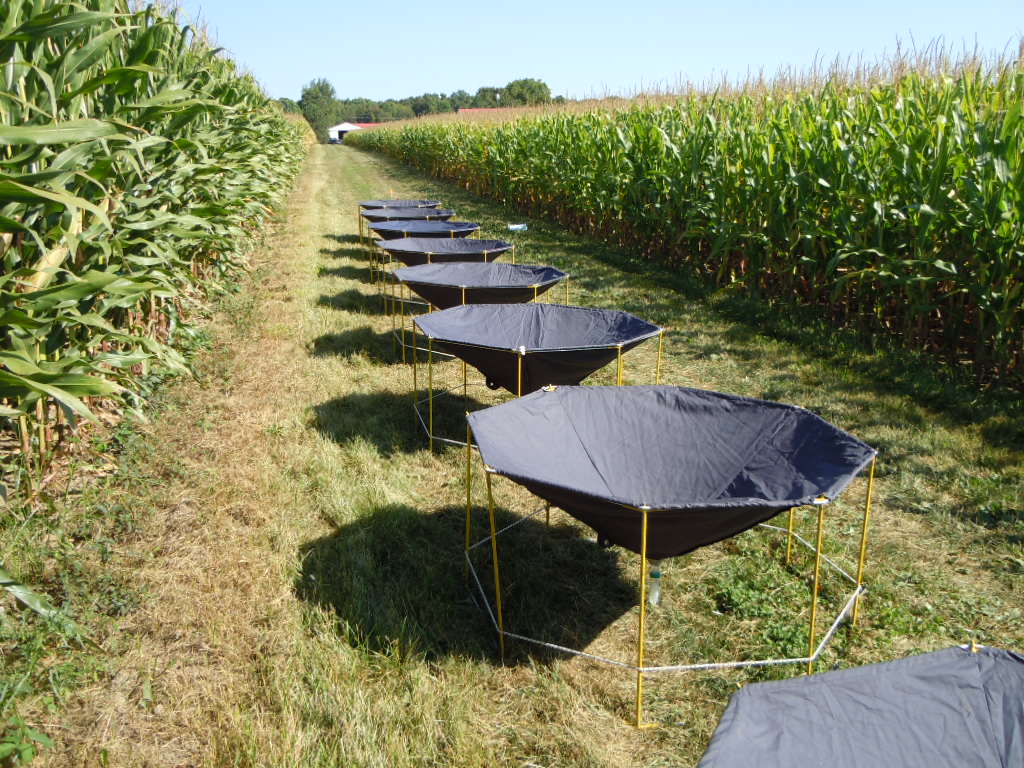Cover Crop Stand Evaluation Taken to a New Level
I have learned so much about cover crops since I started this blog in 2010. One of my hopes has been that I could have guest bloggers that would occasionally share with everyone what their experiences have been. The following post is from Daryl Starr of Advanced Ag Solutions in Indiana. I really appreciate reading […]
Cover Crop Stand Evaluation Taken to a New Level Read More »




